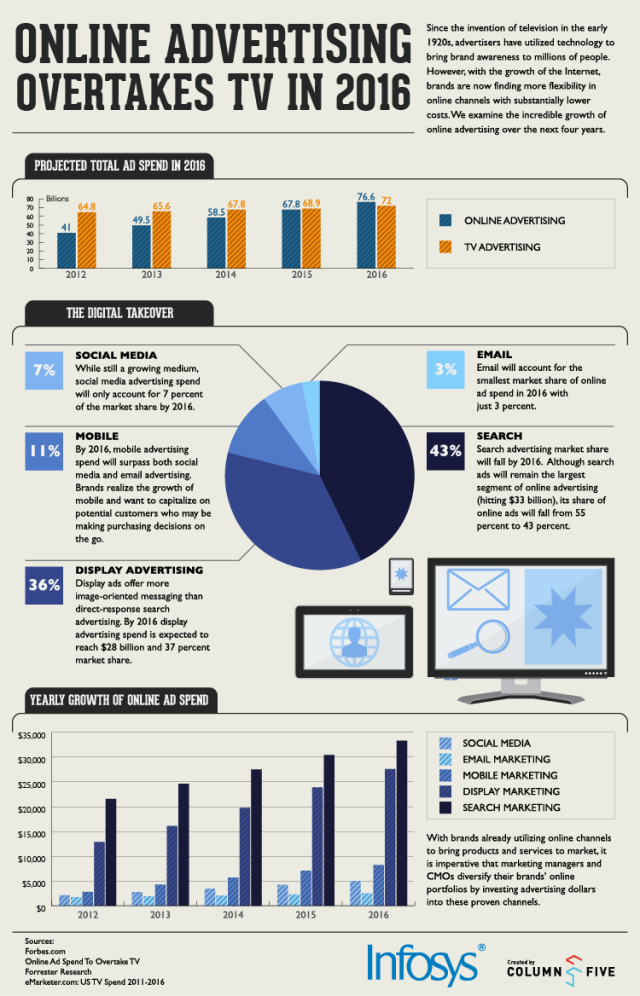In yesterday’s post, we discussed the importance of brand loyalty and the struggles it faces as we move forward into an ever-increasing marketplace in which consumers’ expectations are based around the best possible value with only regards to price.
It’s not as though the consumers are to be blamed for the change. The explosion of eCommerce allows companies to business in more affordable, more efficient ways than ever before. Traditional retailers, your cornerstone brick-and-mortars, can’t compete head-to-head without adapting.
Even with that said, adaptation might not be a legitimate option for some brands so their reliance on brand loyalty and repeat business is of the highest importance. It’s why Apple products can continue to cost the consumer more than most of its competition but continues to thrive and trump its foes.
It’s why people are willing to pay $5.00 for a single hot beverage.
Brands like Apple, Starbucks, McDonald’s, and Wal-Mart have the advantage of a built-in audience dating before the eCommerce boon. But what about the brands attempting to leave their digital footprint right now? How can they compete?
Here are a few ways that brands can establish a loyalty among a consumer base, to at least diminish the chances that people leave simply because they find a competing product at a much lower price.
The feeling of exclusivity
I would venture to say that most people don’t buy a $70,000 car because it drives so phenomenally better than vehicles in the $30-$40,000 range. Let’s be honest. People want the brands they wear, and the brands they drive, and talk about, to say something about them.
Whether it be for status or a sub-culture that they’re currently infatuated with, in a consumer world, consumers are defined by the brands they purchase and interact with. There is no greater power than the feeling of exclusivity.
Roll’s Royce. American Express Black. Any airline’s elite status club. These all say things about the individual and there is a certain belief and status associated with these iconic brands: “I’ve achieved a level that most everyone else cannot.”
Of course, not every brand, especially in the world of eCommerce, can set a level of exclusivity strictly for the wealthy, but consumers merely want to feel as though they are a part of something that not everyone has access to, at least not right away.
The more exclusive the feeling, the more individualistic the consumer feels. And there, you have created a loyalist.
Reward system
Show your customers you care about their business and appreciate them for choosing your brand over any other. No marketplace utilizes this idea more-so than that of credit cards.
Each card brings its own reward system to the fight, whether offering better cash-back programs or travel accommodations, each is vying for your signature (and your debt!).
It isn’t just credit cards as hotels and airlines are nefarious for waging battle against competitor’s programs. We see it today with convenient store chains. Grocery stores.
Amazon.
And the numbers don’t lie, this stuff is important. A 2009 study conducted by marketing and publishing research firm COLLOQUY showed:
1.8 billion memberships in US loyalty programs
That’s 14 per household
44% are estimated to be active
57% of respondents participate in loyalty programs
Quality
The first thought companies get when they are being under-cut by competitors is to find parts of the manufacturing process they can alter to reduce cost. If they cut a corner here, they can save a dollar there. Get rid of this feature, save $xxx amount.
But if consumers are hunting, and willing to pay for, quality first, and as their priority, then you must keep that quality consistent and their level of expectation on par with what it has been in the past.
Or risk losing them.
My loyalty to Apple is an example of this facet of building brand loyalty. It certainly isn’t the exclusivity. The iPhone 5 topped 5 million units sold on launch weekend, alone.
Mine stems from years of successful relationships with the level of quality of their products. I I have owned two Android phones and have had hardware issues with both. I have gone through half-a-dozen laptops.
Yet my iPhone, my years of iPods, and my iPad have never failed me. Not once. It’s a level of quality I have yet to find in another arena of technology that I use so consistently. And this is just one consumer’s experience. Apple possesses as many die-hard brand adorers as detractors.
Interaction and feedback
Arguably, digitally, this important aspect in building brand loyalty is the one that companies have the most control over these days. With social media, and the growing field of mobile ‘everything,’ people are more connected to one another and to purchasing than ever before.
They are connected 24/7. Because of this, it is important than consumers are able to find the information or answers they want when it it is convenient for them. Social media allows brands to interact with consumers in their comfort zones.
No one enjoys walking through a store and being bombarded with shark-like sales representatives at every turn. If consumers feel pressured, their fight-or-flight responses kick in and your likelihood of achieving the sale has diminished greatly.
But what if they were able to receive an answer to a pressing question, by tweeting it to a brand and receiving a response online? What if they could receive important updates, news, and promotions in their Facebook feed?
We are throttling into an age where consumers have all of the power, and it’s important that they feel as though a brand really values them as a customer.
And why shouldn’t they?
If your brand won’t, odds are, the consumer can find a dozen others that will.

